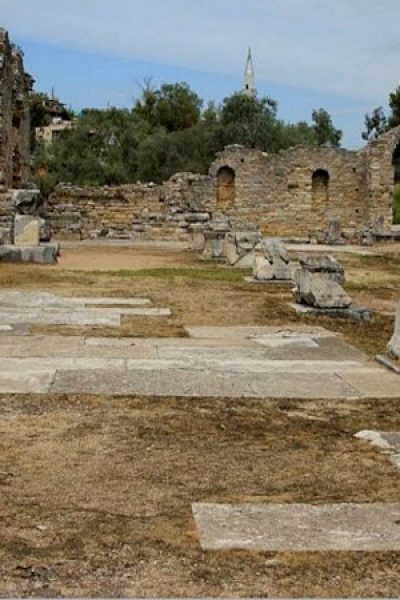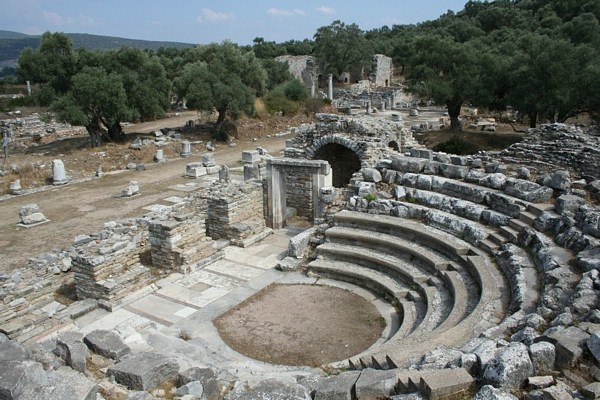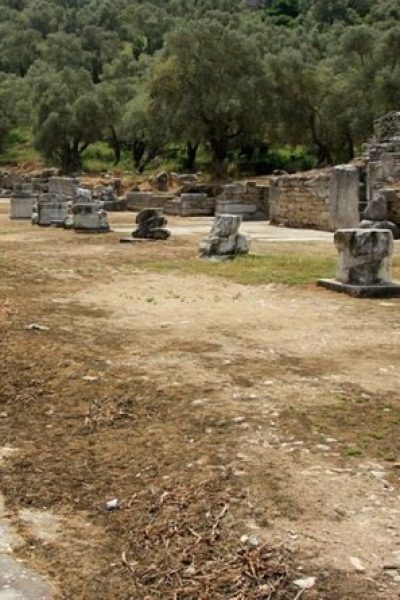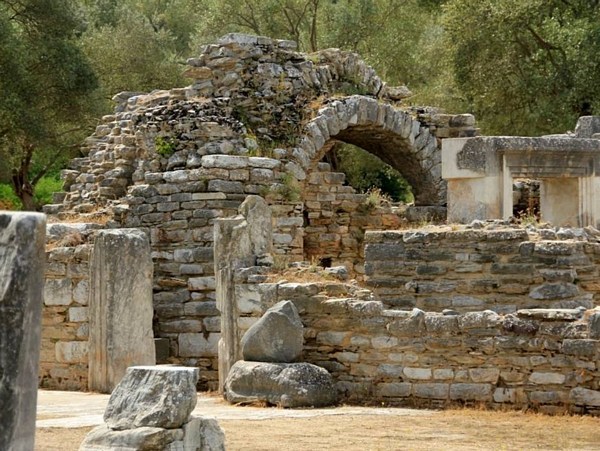Iasos Ancient City: A Historic Gem of Caria Region
Rich History and Cultural Heritage of Iasos




Dating back to 3000 BC, Iasos is one of the most significant ancient cities in the Caria region. Originally situated on an island, the city is now connected to the mainland, forming a picturesque peninsula. Throughout its history, the people of Iasos mainly relied on fishing as their livelihood, a tradition that continues to this day. The city was under the protection of the god Apollo and the goddess Artemis, reflecting its deep-rooted cultural and religious significance.
In Iasos, it was customary for young boys to bathe in the sea after rigorous gymnasium training sessions. According to local legend, while they bathed, a dolphin would mysteriously take one boy out to the open sea and later return him safely to shore. This remarkable event caught the attention of Alexander the Great, who appointed the boy as the priest of Poseidon in Babylon. Due to the story’s profound impact, the image of a boy riding a dolphin was prominently featured on Iasos’ coins during the 3rd century BC.
The ancient city of Iasos is home to several well-preserved structures, including the agora, bouleuterion, theater, and the Temple of Artemision Astias, which was dedicated to the goddess Artemis. Among the most impressive remains from the Roman period is the “Fish Market,” a funerary monument designed in the style of a Corinthian temple. Located in the courtyard, the monument is supported by four columns and was restored in 1995 to serve as an open-air museum.
Archaeological excavations in Iasos began in 1960 under the direction of Prof. Dr. Doro Levi and have continued over the years with efforts led by Dr. Fede Berti. These excavations have brought to light the city’s rich cultural heritage and provided valuable insights into the life and traditions of the ancient inhabitants of Iasos.
